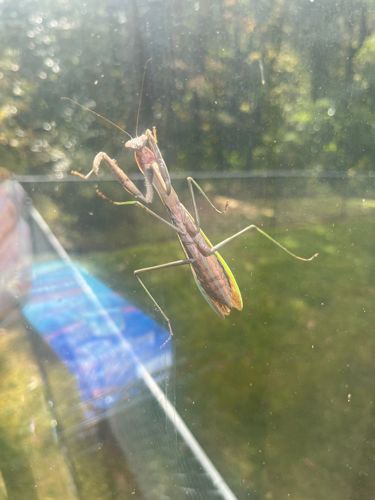Praying Mantis
Scientific Name: Mantis religiosa
Order & Family: Mantodea, Mantidae (though many species exist across various families in Mantodea)
Size: 2 to 6 inches (5-15 cm), depending on the species.

Natural Habitat
Gardens, meadows, forests, shrublands, and areas with tall grasses and other vegetation, often camouflaged on plants.
Diet & Feeding
Strictly carnivorous predators, they primarily eat other insects such as grasshoppers, crickets, flies, moths, and sometimes other mantises. Larger species may occasionally prey on small vertebrates like lizards, frogs, small birds, or rodents.
Behavior Patterns
Praying mantises are ambush predators, staying still and camouflaged, waiting for unsuspecting prey to come within striking distance of their powerful, spiny forelegs. They are known for their distinctive 'praying' posture. Females are also known for sexual cannibalism, often eating the male during or after mating.
Risks & Benefits
They pose no risk to humans. On the contrary, praying mantises are beneficial insects for gardeners and agriculture as they help control populations of various pest insects. They are a natural and effective form of pest control.
Identified on: 9/26/2025